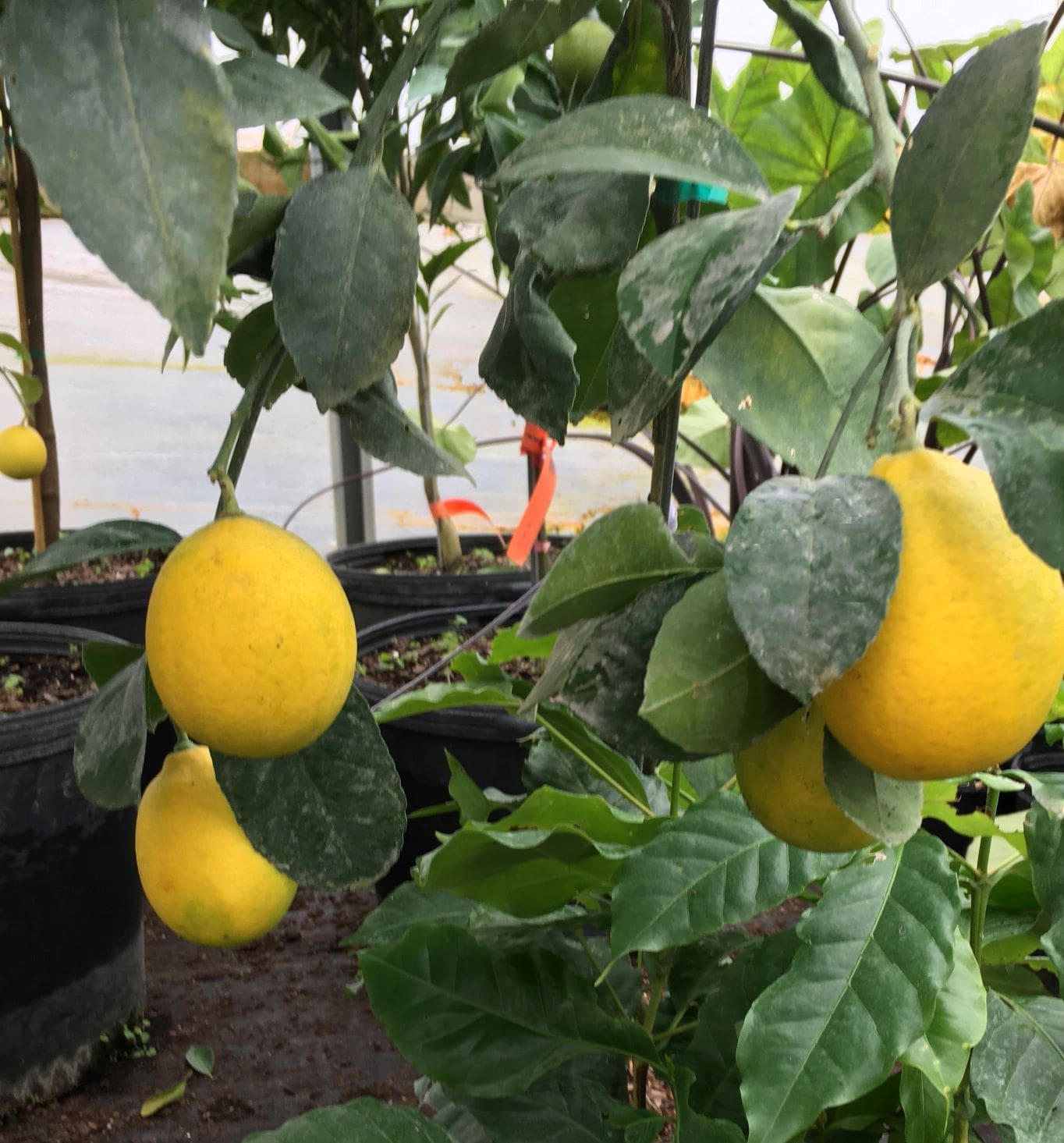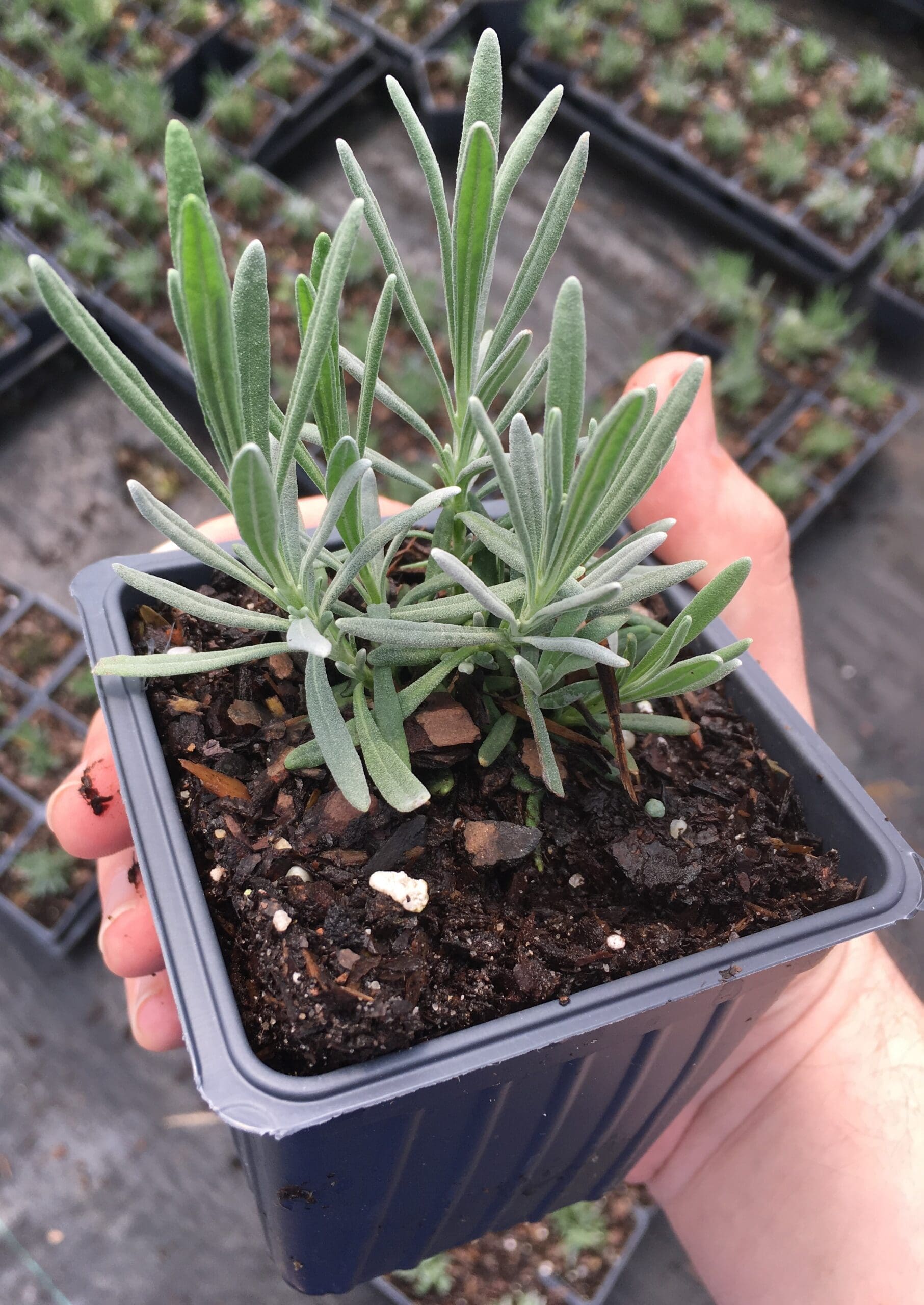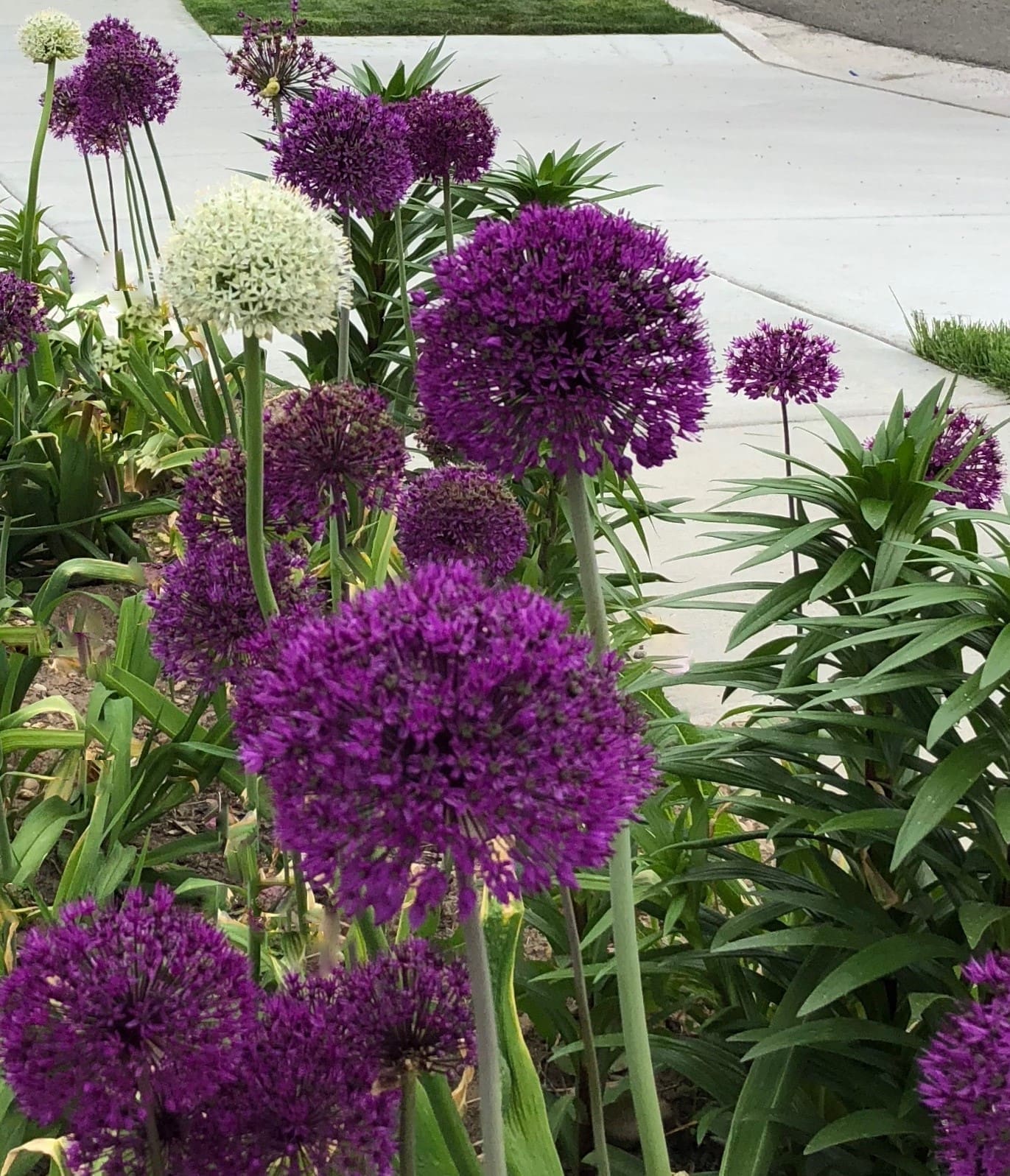Description
Peonies are stunning perennial flowering plants that belong to the genus Paeonia. Known for their lush and extravagant blooms, peonies have been cherished for centuries in gardens across the globe. These elegant flowers feature large, fragrant blossoms with layers of soft, velvety petals in various shades of pink, white, red, and even yellow. They typically bloom in late spring to early summer, adding a touch of beauty and elegance to any landscape.
The foliage of peonies is also attractive, with dark green, glossy leaves that create a rich backdrop for the vibrant flowers. Peonies can grow to varying heights, depending on the variety, ranging from 2 to 4 feet (60 to 120 cm) tall. As they are long-lived perennials, peonies often become a treasured centerpiece in gardens, passing down generations of gardeners who appreciate their enduring beauty and charm.
Planting Zone Information:
Peonies can be grown in a variety of climate zones, depending on the species and cultivar. Generally, they thrive in USDA hardiness zones 3 to 8. These zones cover a considerable range of temperatures, from cold winters to moderate climates, making peonies adaptable to diverse growing conditions.
Growing Guide: Transplanting Peonies from a Gallon Pot to the Ground:
If you have a peony plant in a gallon pot and want to transplant it into the ground, follow these step-by-step instructions for successful planting and establishment:
1. Choose the Right Location:
- Select a planting site that receives at least 6 to 8 hours of sunlight daily.
- Ensure the soil is well-draining and rich in organic matter.
2. Timing:
- The best time to transplant peonies is in the fall, typically September to October. This allows the plant to establish its root system before winter.
3. Preparing the Soil:
- Prepare the planting hole about 2 feet (60 cm) wide and 2 feet (60 cm) deep.
- Mix in compost or well-rotted manure to improve soil fertility and drainage.
4. Transplanting:
- Gently remove the peony plant from the gallon pot, being careful not to damage the roots.
- Place the peony in the center of the prepared hole at the same depth it was in the pot. The eyes (buds) of the peony should be around 1 to 2 inches (2.5 to 5 cm) below the soil surface.
5. Backfilling:
- Fill the hole with the soil mixture, gently firming it around the roots to remove any air pockets.
6. Watering:
- Water the newly planted peony thoroughly to help settle the soil around the roots.
7. Mulching:
- Apply a 2 to 4-inch (5 to 10 cm) layer of organic mulch, such as straw or wood chips, around the peony. This will help retain moisture, regulate soil temperature, and suppress weed growth.
8. Maintenance:
- Keep the soil consistently moist, especially during the first growing season.
- In the following spring, apply a balanced fertilizer to support healthy growth.
9. Support:
- As the peony grows and blooms, it may require support to prevent the heavy flowers from drooping. Stake the plants if necessary.
10. Pruning:
- Deadhead spent flowers to encourage more blooms and remove any diseased or damaged foliage.
With proper care and attention, your peonies will thrive and reward you with a delightful display of enchanting blooms for many years to come.
Proud Products Guarantee!!
Plants from Daylily Nursery are guaranteed to arrive healthy and green. If you have any concerns or are dissatisfied within the first five days of receiving your plants, please email or call our office so that we can help make it right! Plants require proper care and nourishment to adapt to their new surroundings. Unfortunately, if your plants have received less-than-ideal care or were purchased for planting outside of your recommended growing zone, your purchase isn’t covered by our guarantee. Zone recommendations are provided in our listings.
Exercise caution and use your best judgment before ordering during unusually hot or cold weather (below 32 degrees F, or in excess of 95F for shipping purposes), as these extremes may leave your plant vulnerable to damage. The optimal time for planting for most of our material is in mid to late spring, past the danger of hard frost. This allows your plants the longest possible growing season. Summer and very early fall are also suitable, as long as your plant is placed in optimal conditions and receives adequate water during the hotter, dryer periods of the summer. Late fall and winter are very risky in most areas, as our plant material ships from cozy greenhouses and will struggle adapting to very cold or frozen soil, or abrupt changes in temperature. This can easily cause damage, stunting, or failure to thrive. When in doubt about suitable planting times or zone compatible plants for your area, reach out to your local Agricultural Extension Office.
If issues with your plants arise within the first 30 days of receipt, please email or call our office. Our knowledgeable staff will review your concerns and provide guidance and troubleshooting, or a one-time replacement if necessary. The customer assumes responsibility for the cost of shipping the replacement. Happy Planting!







